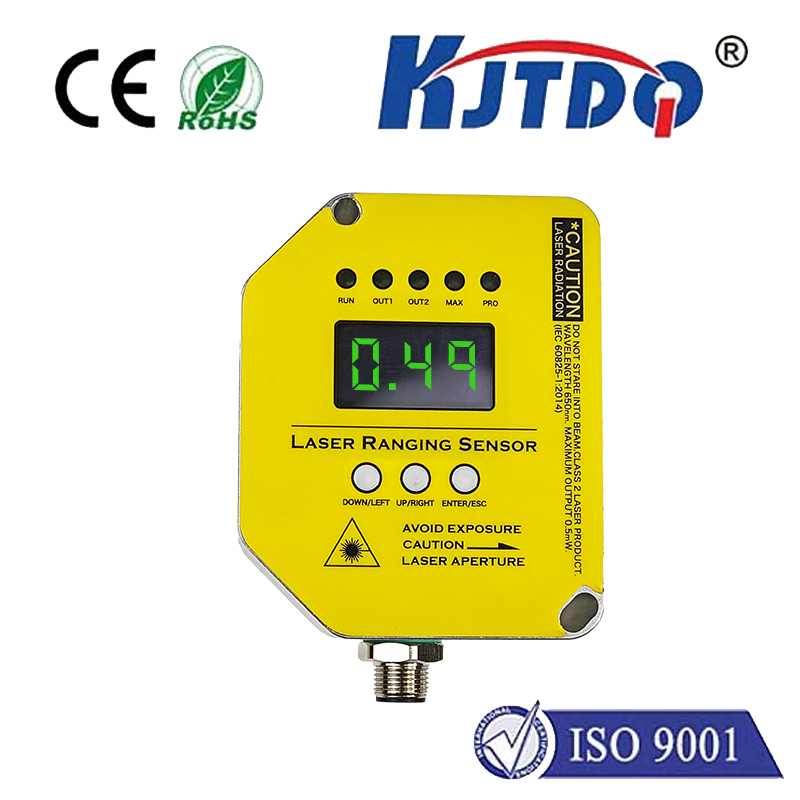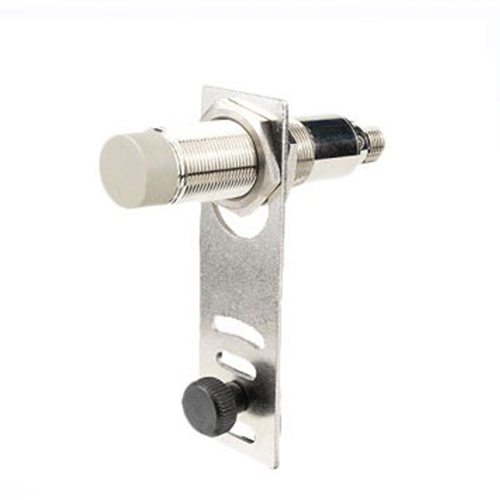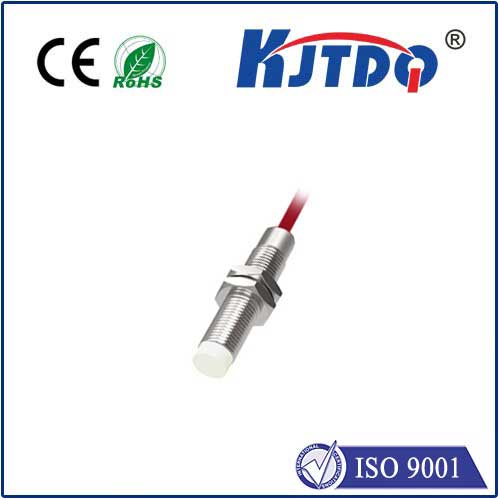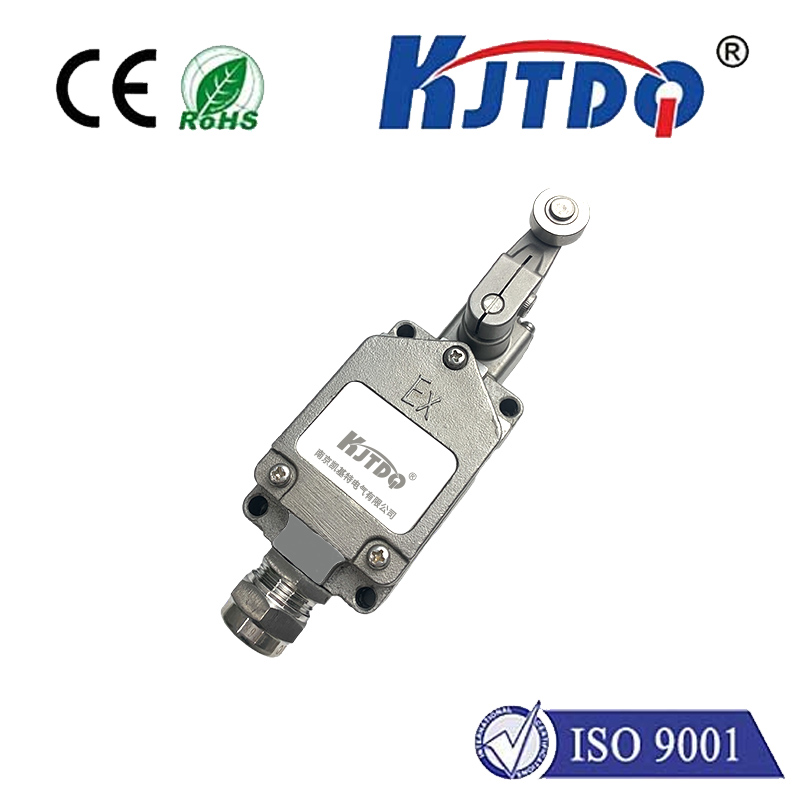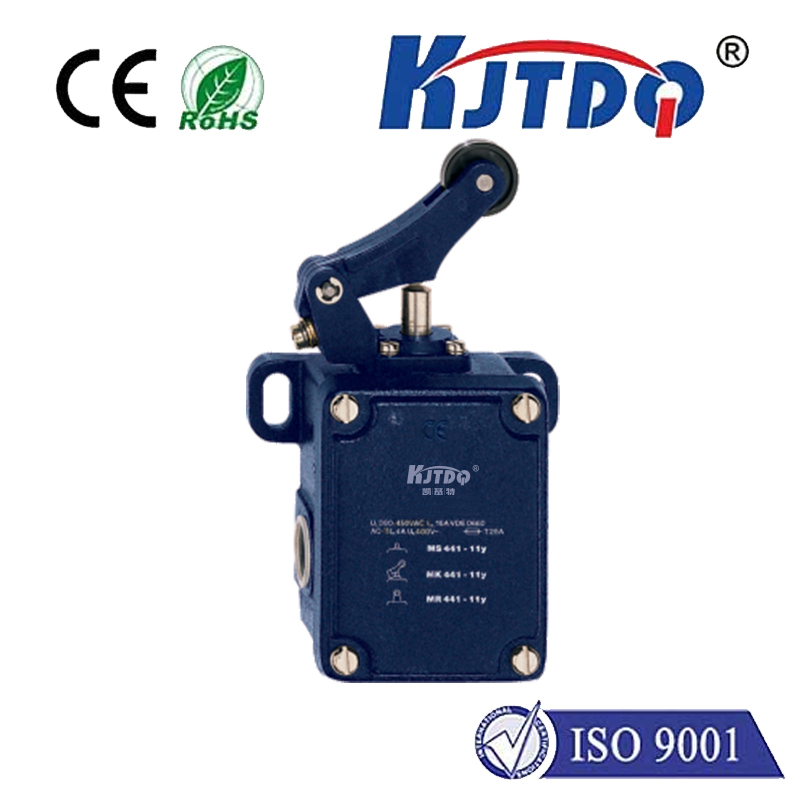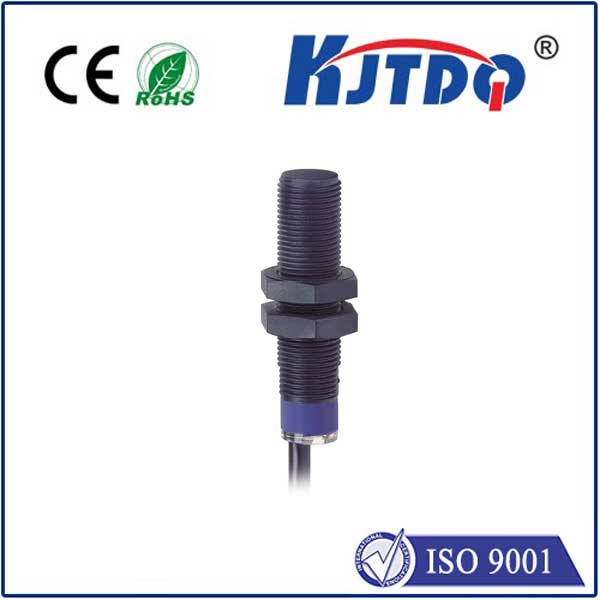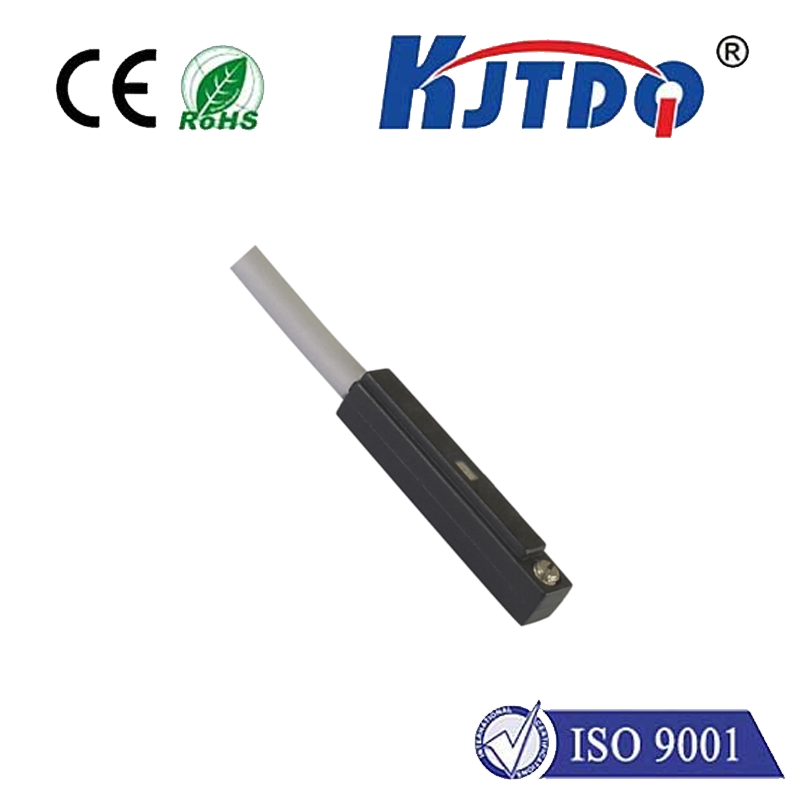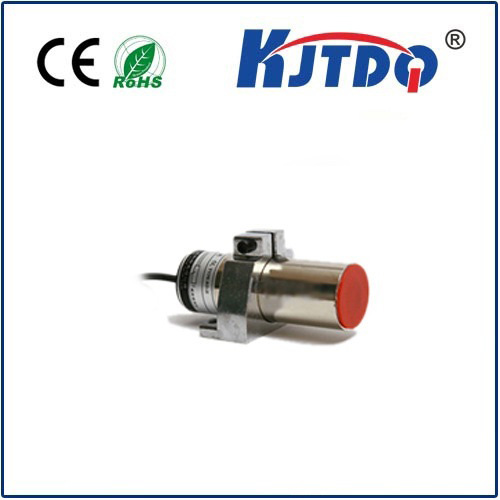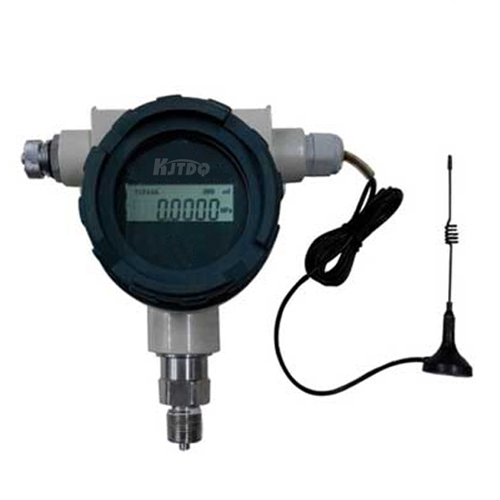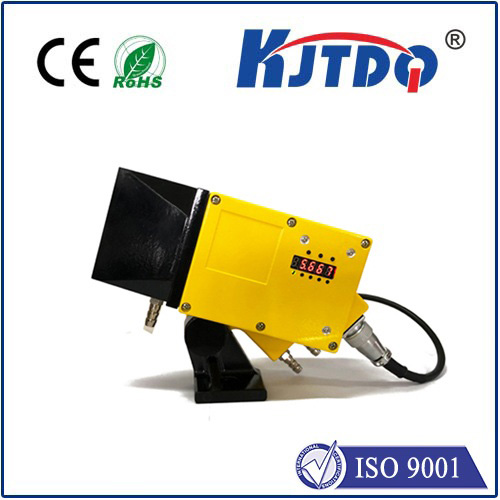

check

check

check

check

check

check

check

check

check

check
Title: The Versatile World of 220V Photoelectric Sensors
Introduction:
Photoelectric sensors have become an integral part of modern technology, serving diverse industries ranging from manufacturing to automation. Among various types, the 220V photoelectric sensor stands out for its compatibility with standard electrical supplies and robust performance. This article delves into the applications, advantages, and considerations of utilizing a 220V photoelectric sensor.
Applications:

A 220V photoelectric sensor is designed to detect the presence or absence of objects, measuring their distance or dimensions, and even identifying surface characteristics. In industrial settings, these sensors control machinery by initiating motion detection, counting products on a conveyor belt, or ensuring accurate placement during assembly lines. They are also used in commercial facilities for energy-saving light controls, intrusion alarms, and automatic door systems.
Advantages:
One significant advantage of the 220V photoelectric sensor is its ability to operate directly off a typical household or industrial power supply without requiring additional voltage converters or regulators. This convenience simplifies installation and reduces equipment costs. Furthermore, these sensors often feature high immunity to environmental factors such as dust, moisture, and background lighting changes, making them reliable in harsh conditions.
Considerations:
When selecting a 220V photoelectric sensor, consider factors such as the sensing distance, output type (e.g., NPN or PNP), response time, and the size of the object being detected. Safety measures should be prioritized, including proper shielding and enclosure to prevent accidental contact with the high voltage. Additionally, regular maintenance checks are crucial to ensure consistent performance and longevity of the sensor.
Conclusion:
The versatility of 220V photoelectric sensors makes them an asset in numerous applications where precision and reliability are key. With their ability to work seamlessly with standard power supplies, they offer a cost-effective solution for businesses and facility managers looking to incorporate automation and monitoring into their operations. As technology continues to evolve, the role of photoelectric sensors will likely expand, but one can count on the 220V variety to remain a trusted workhorse in the world of sensor technology.
